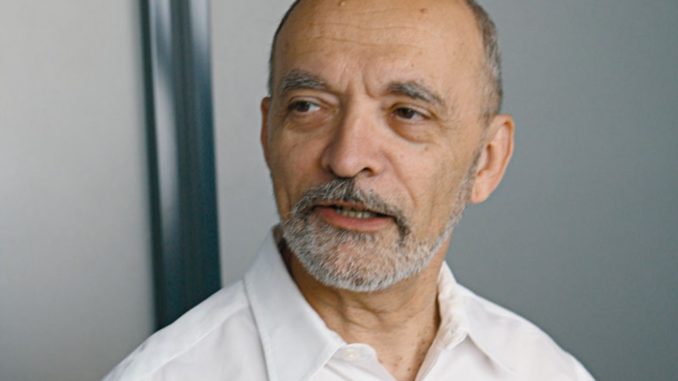
by Kalman Dreisziger
In CSÁRDÁS! you will see some of the most beautiful folkdances of Eastern and Central Europe. The dances of the Hungarians, Slovaks, Transylvanians, Romanians, Gypsies and the Polish highlanders are more remarkable for their similarities than for their differences. Together, they comprise a large regional style in which – arguably – Hungarian influences dominate.
What are the characteristics of this dance dialect? The first and most important is improvisation. The dancers of Eastern/Central Europe do not dance a set sequence or pattern (in the manner of American square dancers, West European contra dancers or Balkan line and circle dancers, for example), but instead make up their moves to the music and within the constraints of local tradition. Researchers have identified this improvised style as a fashion born in the early Renaissance and at one time popular all over Europe.
Putting these improvised dances onto a stage is not an easy task because the stage usually demands regulation and uniformity and this can kill the soul of improvised dance. Zoltán Zsuráfszki and the Budapest Ensemble dancers are careful to avoid this trap. In CSÁRDÁS! there are no artificial geometric forms in the choreography and there is no precision drill teamwork. Similar to American Jazz where the basic melody is carried forward with many variations, the dancers are often left to improvise and show off their individual character and ability. The total effect is a more natural, more authentic presentation than typically seen by American audiences.
The second characteristic of the Central European dance style is that it is predominately male-centric. Competitive male dance has long historical roots in the region, reaching back to military recruiting dances (verbunk), stick and sword dances and even victory celebration dances. There are excellent examples of male dances in CSÁRDÁS!, some of the most exciting being the men’s dances (legenyes) of Western Transylvania.
Even in couples’ dances, the men have a disproportionately more energetic role. The woman’s role is to follow her partner’s lead, though in the older style dances there is quite a lot of room for improvisation. Women’s dances tend to be more lyrical and are generally done in a circle or group formation with relatively little opportunity for solo dancing.
Thirdly, Central European dancers make full use of all the rhythmic opportunities. From finger snapping through clapping, stomping, and heel clicking, a wide variety of accompaniments accent the dance. Transylvanian Romanians and Hungarians also ornament their dancing with shouts and dance rhymes. But perhaps the most characteristic rhythmic element in this area is boot slapping. In fact, only the “gumboot” dances of black
South African miners rival some Hungarian dances for the intensity of boot-slapping rhythms.
Many of the dances in the CSÁRDÁS! program come from Transylvania. In this legendary part of northern Romania, fabulous dances have survived in remote and isolated villages. The cross-cultural influences of Romanians, Hungarians and Gypsies living and dancing together have resulted in complex, vibrant, rich dance styles that have become the inspiration for an amazing urban revival movement in Hungary. The Tanchaz (dance house) movement, which began in Budapest in the mid-seventies, brings thousands of Hungarian youth to their feet, as they learn to dance authentic dances, accompanied by excellent revival musicians, such as the members of the band appearing in CSÁRDÁS!. Today, the movement has outgrown Hungary, and there are regular Tanchaz sessions not only in Western Europe but also in the USA and even in Japan. In fact, the Tanchaz has given the inspiration for the beginning and end of CSÁRDÁS!.
About the author:
Kalman Dreisziger is a Hungarian folkdance expert, researcher, choreographer
and has been the director of several Hungarian performing ensembles. He is also an advertising executive living in Montreal.
